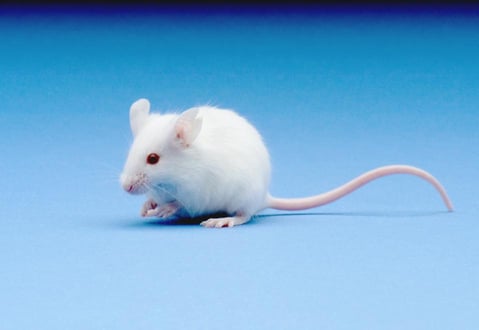DMPK/Toxicity
Predicting the safety and toxicity of your drug candidates in a human liver environment with the PXB-mouse® model.

The challenge
It is estimated that almost 50% of drug candidates fail because of unacceptable efficacy, and 40% fail due to toxicity. One reason for these high failure rates is the types of preclinical models used — conventional animal models often poorly predict the efficacy and toxicity of a drug candidate within human environments due to intrinsic, species-specific differences.
The solution
That’s why we developed the PXB-mouse®, a chimeric mouse model with a humanized liver to help you understand how your drug candidates perform in a human environment. Our PXB-mouse® is the ideal animal model for DMPK/toxicity studies due to its high and stable expression of human enzymes and transporters, providing powerful predictive insight into human physiology in the convenience of a mouse model.
De-risk your compound selection and predict human outcomes more accurately to enable the development of safe, effective, and compliant formulations with our PXB-mouse® model. Combined with our team of experts, and their access to comparison data and publications, we can help you to demonstrate the benefits of using this highly predictive mouse model within your niche research area.

DMPK/Toxicity study services with PXB-mice
Building from over 15 years of experience, our in-house and partner study services use PXB-mice to provide comprehensive predictions of human pharmacokinetics — even with compounds implicated in complex metabolic pathways. This means you can better de-risk your compound and predict human outcomes more accurately.
We apply our model within the DMPK research space to increase your confidence during lead candidate compound selection by providing insights into potential human outcomes of pharmacokinetics and human-specific hepatotoxicity.
Using our PXB-mice, explore the potential for:
- Histopathological observations of the PXB-mouse® liver allowing direct examination of potential toxicities in human hepatocytes.
- Prediction of human pharmacokinetics using PXB-mice and single-species allometric scaling.
- Human-specific hepatoxicity via serum biomarker analysis, which allows you to detect liver toxicity by measuring the activity of enzymes such as ALT, AST, and others. Focus directly on human hepatotoxicity with PhoenixBio’s unique assay to measure human-ALT1.
- Detecting human reactive metabolites upon administration and metabolism of compounds in PXB-mice.
- Human RNA expression analysis — identify differentially expressed genes in PXB-mice after administration of your compounds.
- Toxicogenomics, which can be used to predict human mechanisms of liver toxicity via comprehensive gene expression analysis in the PXB-mouse® liver, as well as assessment of key pathways such as apoptosis and inflammation (e.g., NF-kB signalling).
Our services include:
- Dosing via a variety of administration routes based on your desired schedule.
- Serial blood collection, which can be analyzed by our partners or sent to you for further evaluation.
- Measurement of human albumin levels within PXB-mouse® to monitor human liver replacement index.
- Analysis of blood biochemical markers for liver function tests.
- Special surgery for gallbladder cannulation of PXB-mice.
- Provision of livers, or other tissues, harvested and prepared as instructed upon completion of studies.
See how PXB-mice have been used in other studies
Our PXB-mice have increased the translational potential of many DMPK/Toxicity studies over the past 15 years: